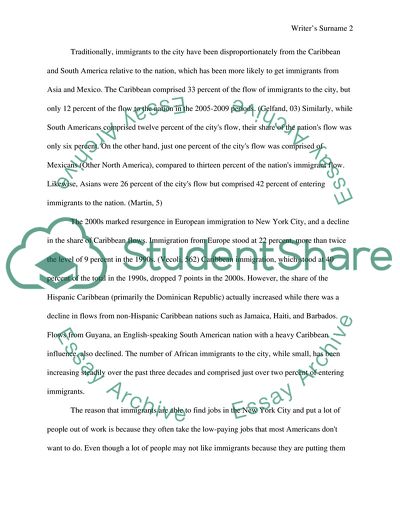Cite this document
(“Effect of Immigration on New York City Article Example | Topics and Well Written Essays - 2500 words”, n.d.)
Effect of Immigration on New York City Article Example | Topics and Well Written Essays - 2500 words. Retrieved from https://studentshare.org/social-science/1735130-explain-the-impact-of-migration-in-new-york-city-on-the-development-of-the-city
Effect of Immigration on New York City Article Example | Topics and Well Written Essays - 2500 words. Retrieved from https://studentshare.org/social-science/1735130-explain-the-impact-of-migration-in-new-york-city-on-the-development-of-the-city
(Effect of Immigration on New York City Article Example | Topics and Well Written Essays - 2500 Words)
Effect of Immigration on New York City Article Example | Topics and Well Written Essays - 2500 Words. https://studentshare.org/social-science/1735130-explain-the-impact-of-migration-in-new-york-city-on-the-development-of-the-city.
Effect of Immigration on New York City Article Example | Topics and Well Written Essays - 2500 Words. https://studentshare.org/social-science/1735130-explain-the-impact-of-migration-in-new-york-city-on-the-development-of-the-city.
“Effect of Immigration on New York City Article Example | Topics and Well Written Essays - 2500 Words”, n.d. https://studentshare.org/social-science/1735130-explain-the-impact-of-migration-in-new-york-city-on-the-development-of-the-city.


